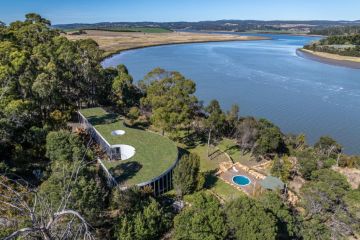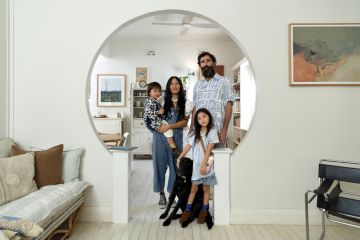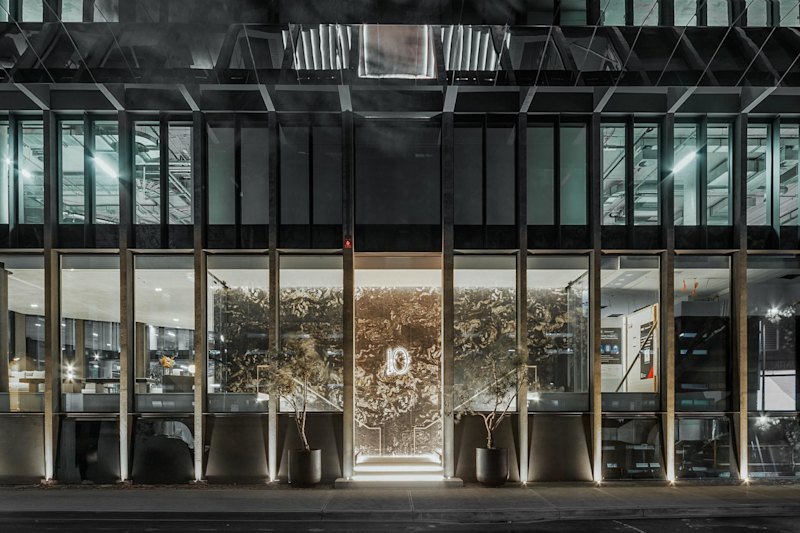How to design your home for good fortune
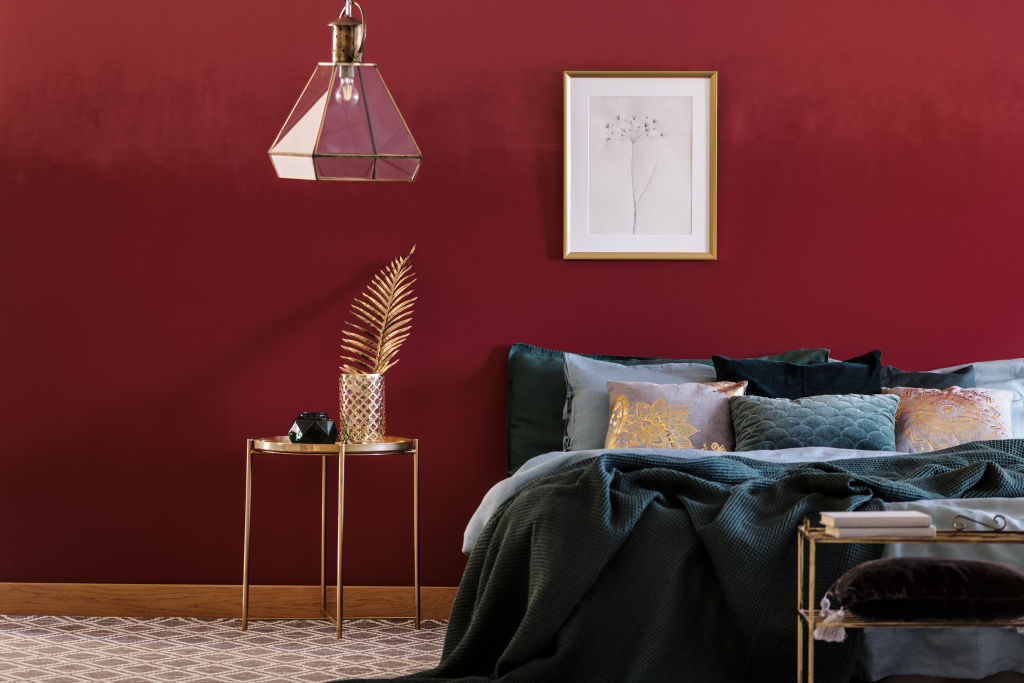
From herringbone tiles to fiddle-leaf figs, trends come and go. While some styles fall out of fashion in a single season, one design principle has shown remarkable staying power.
Feng shui has been used for 6000 years to promote harmony and good fortune. Translated as “wind-water”, feng shui approaches architecture through the lens of qi – the invisible energy that binds the universe together. Followers believe the flow of energy can affect people’s mood, health and careers.
Hattie Kirchengast is a senior design consultant with the high-end interiors brands Coco Republic and Max Sparrow. The Beijing-born designer helps Chinese clients create their dream homes, often using feng shui to select layouts and colour schemes.
“Feng shui is an ancient Chinese philosophy that seeks to find balance and harmony between elements,” Kirchengast says.

Early practitioners examined the orientation of buildings using astrology and, later, compasses. Contemporary interpretations shifted the focus to interiors and landscaping, relating different rooms to a range of aspirations, including wealth, fame, health, family and wisdom.
Colour is crucial. Red (or fire) symbolises luck, happiness and joy. Blue (wood) is popular for its associations with immortality. White (metal) is supposed to bring brightness and purity. Yellow (earth) is regarded as an imperial tone and isn’t generally splashed around in the bedrooms of non-royals. Black (water) tends to be used sparingly because of its solemn overtones. Gold, the universal symbol of wealth, is applied liberally.
Mirror placement is considered carefully because reflective surfaces are thought to multiply whatever is in a space – for better or for worse.
“The best room in your house to hang a mirror is the dining room, representing your capacity to hold wealth,” Kirchengast says.
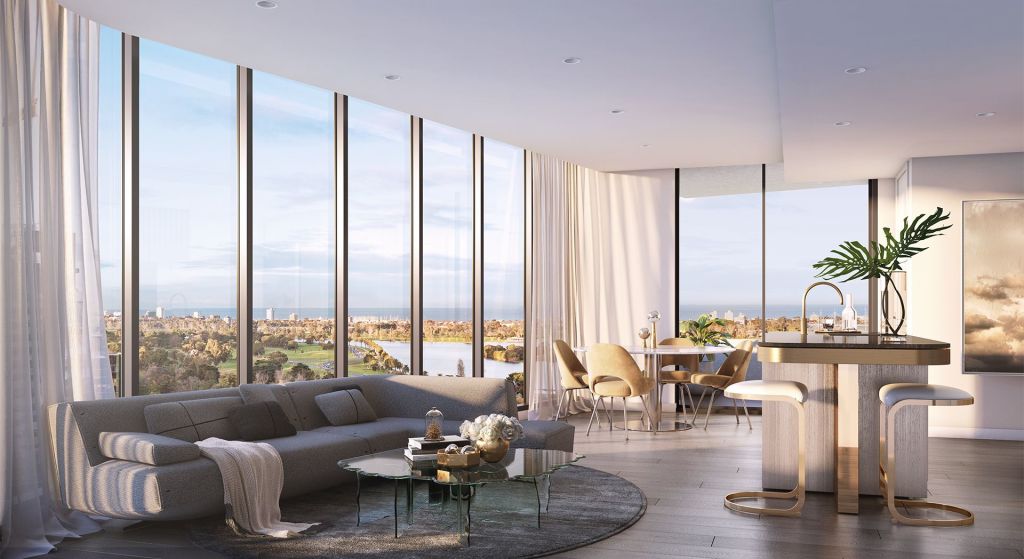
According to feng shui principles, mirrors also work in living rooms but are generally avoided in bedrooms. Round tables are favourable over other shapes.
“Ideally, households should be free of dust and clutter, as they’re known to store old energy and deplete your vitality,” Kirchengast says. “It is also common to incorporate natural elements into the household, such as wood, stone or metal, which suggest vitality, comfort and richness.
“Whether it’s superstition or pseudo-science, once the idea of feng shui has entered one’s mind when decorating a home, it’s difficult to ignore.”
It’s not just in private homes that feng shui is being used to promote harmony and good luck. Developers are also tapping into the practice. Some buildings even omit unlucky numbers – especially four – from their floor count.

In South Melbourne, a new 19-storey apartment development has embraced feng shui in its curvilinear architecture, natural materials and prized position near a body of water.
Bowen & Queens is the debut residential project in Australia from developer Wuzhong International. Designed by Melbourne-based Plus Architecture, the 214-unit building follows the sweeping forms of Albert Park Lake, with views over the lake, Port Phillip Bay, the city skyline and Royal Botanic Gardens. Units are priced between $413,000 and $4.6 million.
Jessica Liew, director of Plus Architecture, says feng shui is about planning homes to bring about abundance and harmony. Entrances on one street frontage aren’t directly aligned with entrances on the other side, according to feng shui rules. Curves are incorporated into the apartment interiors, from island benches to bedroom walls. The colour palette is elegantly neutral, allowing residents to tailor schemes to suit their own taste – and luck.
“Everyone’s lucky element is different, so we kept the palette quite neutral,” Liew says. “Feng shui is about understanding the interconnectedness of everything around us – what you can see and what you can’t see.”
We recommend
States
Capital Cities
Capital Cities - Rentals
Popular Areas
Allhomes
More
